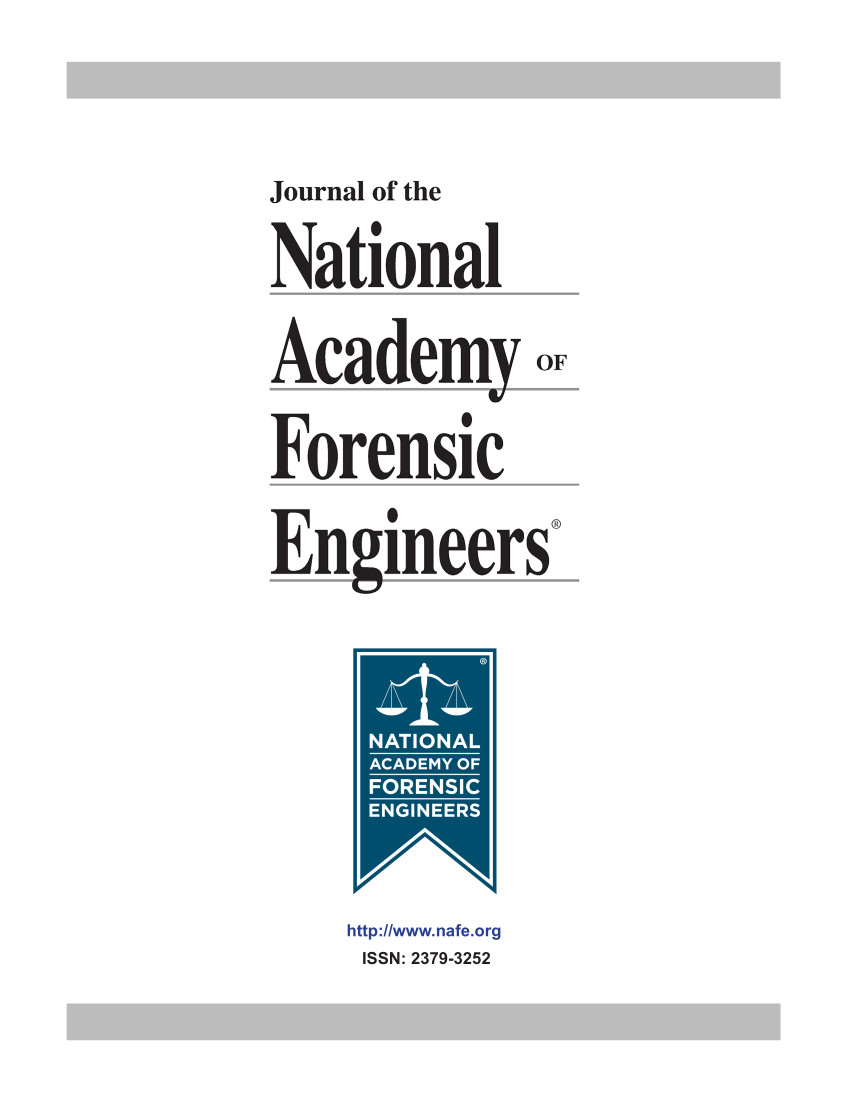Forensic Environmental Engineering Evaluation of Water Pollution Events
DOI:
https://doi.org/10.51501/jotnafe.v10i1.513Abstract
Water pollution events are defined as the discharge of point or nonpoint sources of contamination on surface water bodies such as streams, lakes, estuaries, oceans and rivers. Water pollution forensic evaluations use the National Pollution Discharge Elimination System (NPDES) as the primary source of standards and engineering guidelines. This Federal and State system was implemented under Public Law 92-500 and requires that any entity that discharges a flow into a waterway do so under an NPDES permit. The permit is issued by the State and allows for the receiving waterways ability to absorb some level of contamination. This absorption rate is determined by extensive Engineering modeling of the receiving waterway and is a function of the dissolved oxygen in the water and other parameters. The capacity of the receiving water is defined and allocated to all the industries and municipalities discharging into the water body. The modeling results give the Forensic Engineer a powerfulPublished
1993-01-01
How to Cite
Green, James M. 1993. “Forensic Environmental Engineering Evaluation of Water Pollution Events”. Journal of the National Academy of Forensic Engineers 10 (1). https://doi.org/10.51501/jotnafe.v10i1.513.
Issue
Section
Articles
License
Copyright (c) 1993 National Academy of Forensic Engineers

This work is licensed under a Creative Commons Attribution-NoDerivatives 4.0 International License.
All rights © Journal of the National Academy of Forensic Engineers.
Full statement regarding the author's license of copyright to the NAFE is shown on the Copyright section of the Submissions Page.






